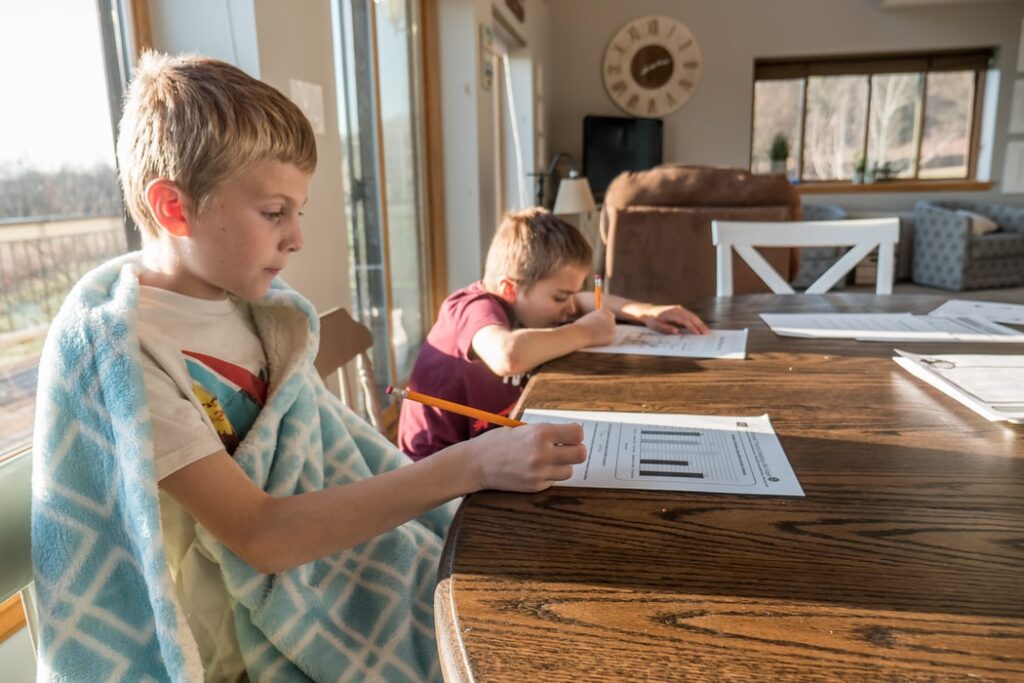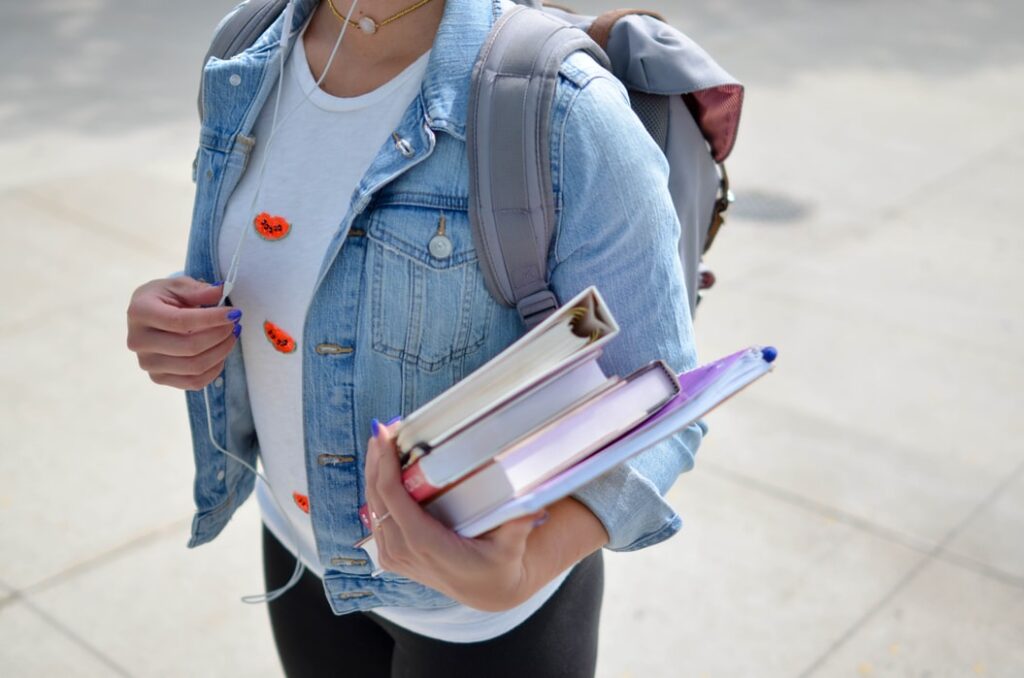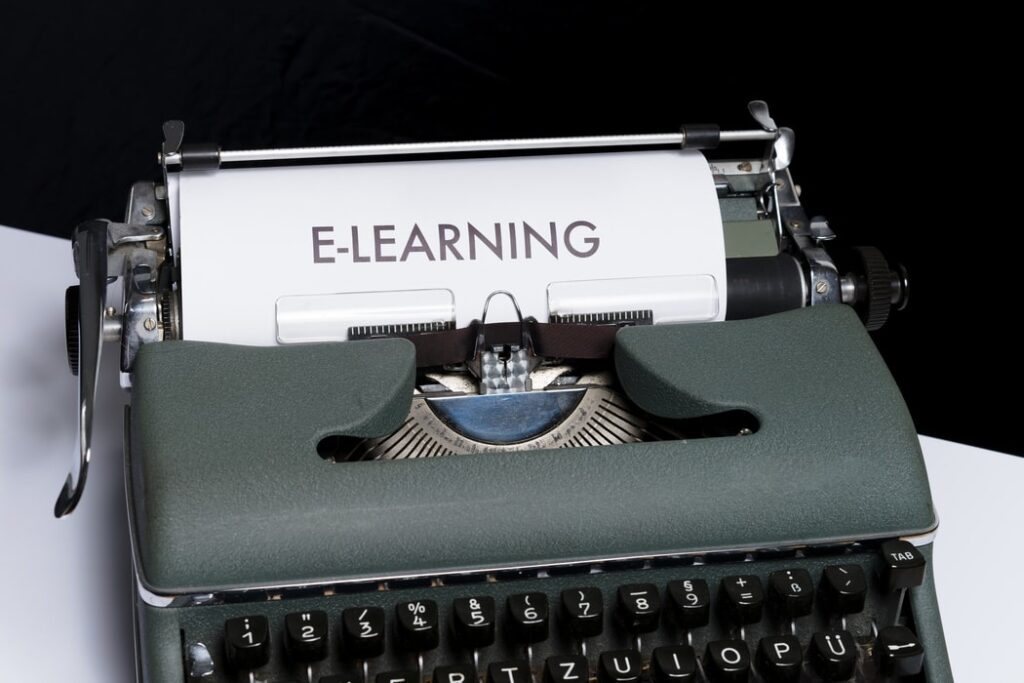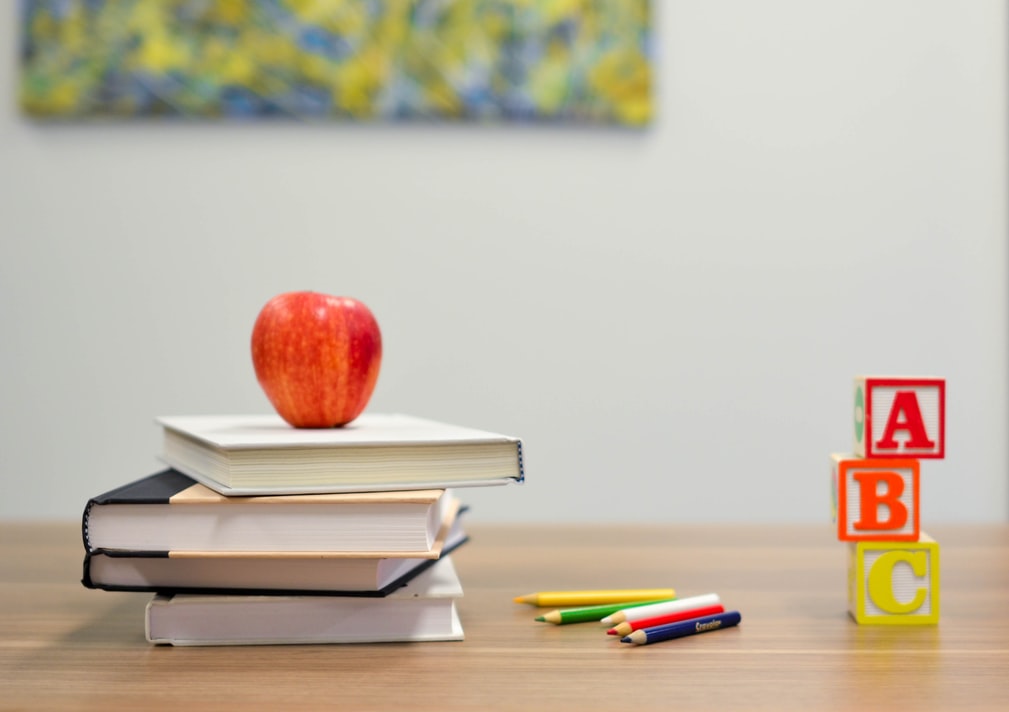In March 2024, more than 90 percent of the countries closed their schools and universities to reduce the spread of coronavirus. Educational institutions were forced to make a sudden switch to online learning and provide remote schooling. Keeping education continuity in mind, students, teachers and educators explore the latest technologies and develop new skills to keep up with the quick changes. Modern circumstances make people look at the whole educational system from a different perspective.
1. China as a Pioneer of Online Learning

At the end of February 2024, one of the largest educational experiments in the world took place in China: all schools and universities in the country switched to online education. This happened for the first time in history. About 170 million schoolchildren and students began to study remotely. The national Chinese online learning system was launched in record time – and literally from scratch.
What is included in the Chinese national online education platform? First of all, sections with all school subjects, textbooks for primary and secondary schools, Chinese classical literary works and films, motivational videos for children and parents. And, of course, information on the prevention of the virus.
The educational section includes video tutorials on all school subjects recorded in various schools in Beijing, Shanghai and other major cities. The schools themselves are also trying to conduct online activities on their WeChat accounts. Previously recorded video lessons, or live broadcasts with teachers can be found there, too. In addition to the public platform launched by the Chinese authorities, children and their parents can also access content from various educational companies. The largest of them provide extended free access to their resources.
2. Students’ Emotional Well-Being

Universities and colleges assign a great amount of writing work. In the meantime, quarantined students may feel stressed and anxious because of the isolation. It is said to negatively affect their ability to focus. Because of the physical school closure, engaging in learning activities is much harder. Lack of real-life communication results in decreased motivation and learning loss.
Many students have difficulties with writing plenty of essays and catching up with deadlines. Assignments require attention and proper time management. Some students have no time for writing because of their internship responsibilities, others spend all their resources and energy at work.
During the pandemic, many online platforms offer free courses in marketing, graphic design, communications, etc. One can always delegate some tasks to essaywritingservice.com and save some extra time for gaining new experience in promising areas. The specialists will be happy to help the students who are focused on broadening their horizons or those struggling with assignments. Furthermore, mastering new knowledge from the founder of a successful company or a talented innovator can be much more useful than writing a paper on a topic that seems boring and unimportant.
3. Educational Inequality

«If corona doesn’t kill us, distance learning will» – says an Israeli mother of four. In the long term, there is a riskю Total online learning can make education inaccessible to the masses. The first organization to collect data on schools globally was UNESCO. It also provided information about the number of children affected by school closures on a global scale. According to the UNESCO Institute for Statistics, the closure of educational institutions affected 1.3 billion students. 1 in 10 of the poorest children in the world didn’t have any technology for learning.
According to UNICEF, one-third of the world children didn’t have access to the radio, TV, or online content. Pupils from developing countries or rural areas are the most vulnerable. Those from less advantaged backgrounds are especially likely to fall behind, given the absence of relevant digital resources for learning (an internet connection/laptop). Moreover, children often don’t have a suitable environment at home or a comfortable place to study. A quiet place to focus on one’s homework can be a privilege for a child from a poor family.
Unfortunately, the digital skills of the teachers must be improved, too. An opportunity to use the internet and technological devices is basic for online teaching and learning. Not all countries have such opportunities today due to the weak infrastructure. Some educators are simply not able to deliver teaching remotely.
Students from less advantaged backgrounds are at risk of eating unhealthy food. The role which school plays in their nutrition is of great value. That is why during the lockdown children may even be at risk of hunger.
4. Necessity Is the Mother of Invention

The crisis has exposed gaps in the global education system and mobilized all of its participants. UNESCO has launched the Global Education Coalition Under the hashtag #LearningNeverStops to make the system more flexible and open. Free online courses and educational initiatives are emerging and being popularized everywhere. This is a breakthrough for developing countries. For example, Rwanda launched a national YouTube channel, where video tutorials on general subjects are posted.
Governments are motivated to make homeschooling as fun as traditional learning. For example, Poland launched an online initiative called «Grarantannа». It got its name from the combination of words “game” and “quarantine”. Students are offered puzzles, quizzes, webinars and prize tournaments. At the University of North Carolina, students have classes in virtual reality: they “walk” in a 3D version of a real laboratory, which is located on campus.
In Argentina, VR and 360° training videos are available on the national education portal. Enthusiastic teachers also find ways to share information with students. An elementary school teacher from Florida began to read fairytales using stories on Facebook. The university of Mary Washington in the USA has launched a creative project under the hashtag #UMWteachesthrucovid. Professors shoot YouTube videos with their children and use cartoons in class. They also post photos of home workspaces to build emotional contact with students, creating a trusting atmosphere.
Even music teachers are finding solutions – Ellen Sanders, a high school teacher from Idaho organized online rehearsals for her orchestra. She uses the SmartMusic app. Students play next to a computer microphone, the program monitors the process, determining if they hit the right notes. Ellen analyzes the program data and gives feedback on what the students need to pay attention to.
5. Public Support for Teachers

Parents and families used to rely on the school in many matters. After the school closures, they had to organize their daily lives and schedules in a new, unusual way. Online learning was tough for children in primary and lower secondary schools. The youngest ones don’t have the organization or time management to stay motivated. Thus, not all the benefits of online education were available to them. StealthSeminar is also a smart option for teachers who want to organize pre-recorded lessons for their students.
However, teachers’ willingness to adapt to the new environment and create a safe space for everyone was the key. Teachers found themselves in a situation where they had to become digitally literate overnight. Later, they managed to transform a virtual environment into a comfortable one where every child could feel seen, heard and supported. Public awareness of the teachers’ role has risen, along with parents’ gratitude. In Buenos Aires, families applauded on their balconies not only to the doctors and nurses, but to teachers, too.
Despite all the difficulties, COVID-19 can change the system of education for the better. It has been conservative and not flexible for centuries, and now students can receive lots of information with one finger click. Thanks to the isolation, educators around the world improved their computer literacy overnight. IT giants “made the world a better place” by developing free products, and governments provided an affordable online education to citizens.
Coronavirus has given schools not only Microsoft Teams, Google Classroom and Zoom. It also resulted in the wonderful partnerships between teachers and parents, health and social welfare organizations. Media and technology companies collaborated with local nonprofits and governments to support children all over the world. The education system revealed lots of weaknesses during the crisis, that is why it is essential to take into account lessons learned and activate all kinds of resources.

